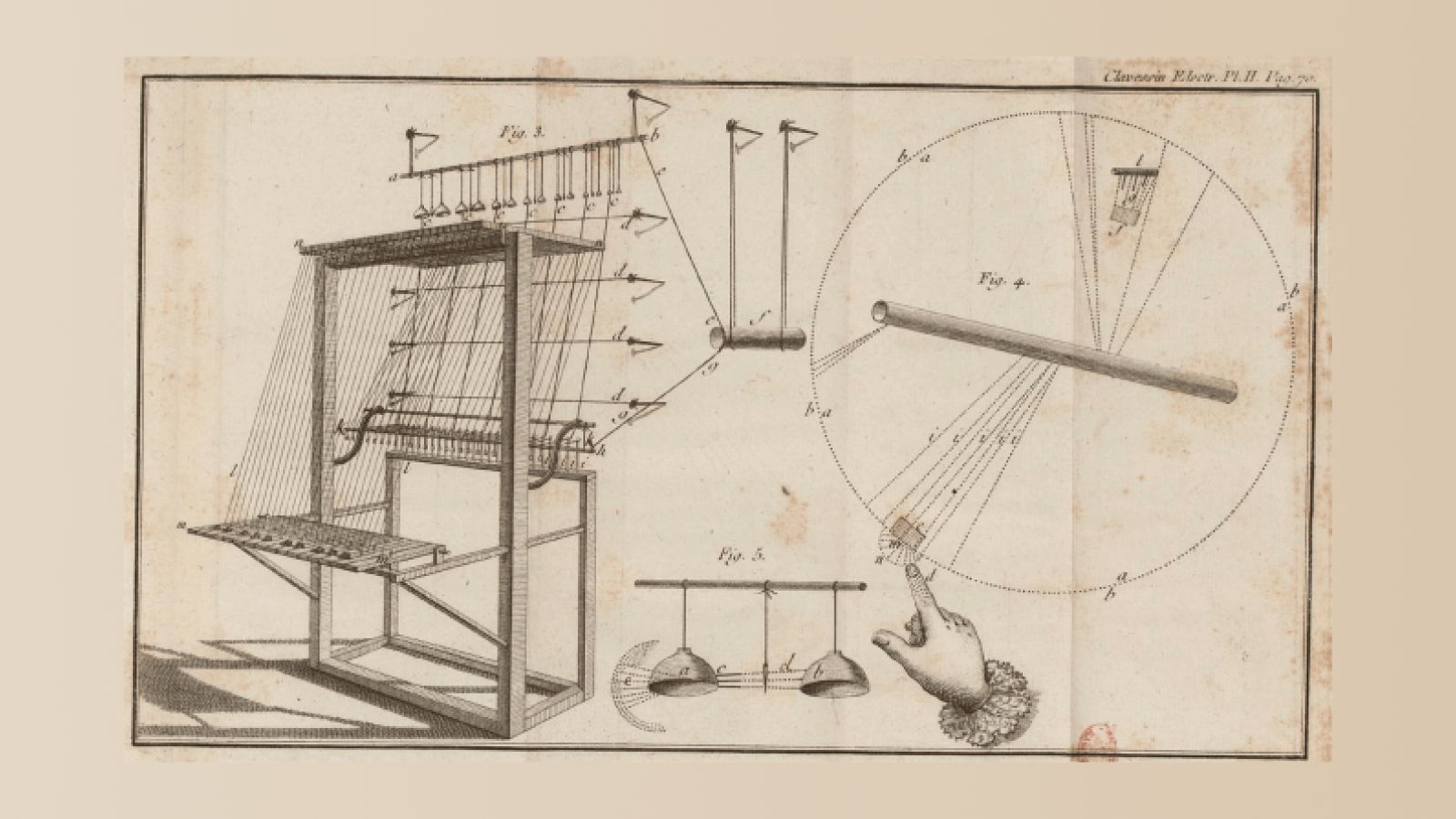Sir Andrew Davis: Remembering a Conductor’s Conductor
We remember Sir Andrew Davis, a true maestro whose life in music touched hearts globally. From the Royal College of Music to the world’s grea...

In the vast world of musical instruments, some remain hidden treasures, waiting to be discovered. This edition of “Unknown Sounds” unravels the captivating history and ingenious mechanics of the clavecin électrique, the earliest known electric-powered musical instrument.
The clavecin électrique, with its intriguing blend of 18th-century craft and innovation, serves as a tangible link between the age of Enlightenment and modern electrical engineering. Let’s dive into the instrument’s creation, its unique characteristics, and the legacy that continues to spark curiosity. A French Jesuit priest, Delaborde was more than just a man of the cloth. His curiosity about the world led him to invent the clavecin électrique in 1759, bridging music, science, and electricity in a novel way.
How Does It Work?
Though named after the harpsichord (clavecin in French), the instrument’s mechanism resembles an electric carillon. It houses numerous bells, with two corresponding to each pitch, and clappers to create the sound.
The fascinating part comes with the integration of a globe generator, which charges the iron bars and the prime conductor. Press a key, and one of the bells gets grounded, severed from the charge. The clapper then oscillates between the two bells, producing the desired tone.
The Performance Experience
Delaborde’s performances were more than auditory feasts. They were visual spectacles, as well. Imagine sitting in a dark room, hearing the resonating tones, and watching brilliant sparks dance to the music.
Though he named the instrument somewhat controversially, Delaborde staunchly defended his choice, declaring it superior to a carillon. Unfortunately, despite public admiration, the instrument was not developed further.

Where Can You Find It Today?
The model built by Delaborde himself still survives, gracefully resting at the Bibliothèque nationale de France in Paris. It stands as a testament to a time when art and science were interwoven, creating marvels that continue to inspire.
The clavecin électrique offers a glimpse into an era of exploration, creativity, and boundless imagination. It’s a symbol of what humanity can achieve when artistry meets innovation. Though it may have been forgotten by many, its musical spark remains a fascinating story that bridges the past with our tech-driven present.
We remember Sir Andrew Davis, a true maestro whose life in music touched hearts globally. From the Royal College of Music to the world’s grea...
In the world of classical music, where the past is always present, one name stands out for breathing new life into forgotten melodies. Philippe Jar...
Klaus Mäkelä, a name synonymous with orchestral brilliance, is set to take the baton from Riccardo Muti as the Chicago Symphony Orchestra’s...
In the world of contemporary music, few names resonate as profoundly as that of Eötvös Péter. A maestro whose life was a rich tapestry of melody...